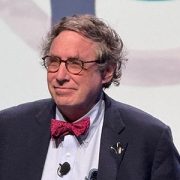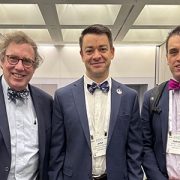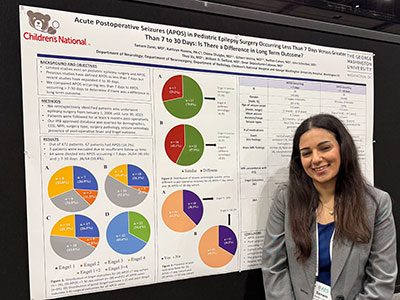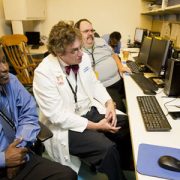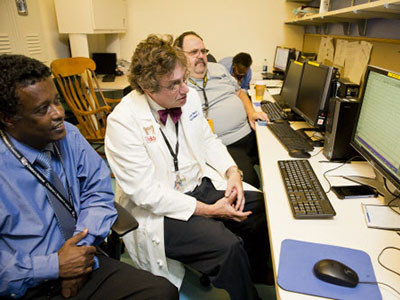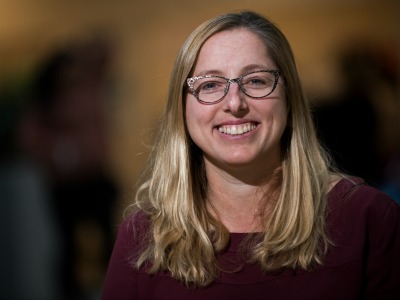William D. Gaillard, MD, receives 2024 Clinical Science Research Award from AES

For his groundbreaking research in pediatric epilepsy care, William D. Gaillard, MD, has been named the recipient of the 2024 Clinical Science Research Award by the American Epilepsy Society (AES).
For his groundbreaking research in pediatric epilepsy care, William D. Gaillard, MD, has been named the recipient of the 2024 Clinical Science Research Award by the American Epilepsy Society (AES).
Dr. Gaillard serves as chief of the Divisions of Child Neurology and of Epilepsy and Neurophysiology, director of the Comprehensive Pediatric Epilepsy Program and associate director of the Center for Neuroscience Research at Children’s National Hospital. He also is Professor of Pediatrics and Neurology at the George Washington University School of Medicine, adjunct Professor of Neurology at Georgetown University and adjunct professor of Hearing and Speech Sciences at the University of Maryland, College Park. He holds the endowed Chair for Epilepsy and Neurophysiology.
About the award
This esteemed award, presented annually at AES, recognizes leading researchers whose work significantly contributes to the understanding and treatment of epilepsy. Dr. Gaillard’s groundbreaking research, which combines advanced imaging techniques with a focus on epilepsy and cognitive systems, has paved the way for important advances in the field of pediatric epilepsy care.
“It is a great honor to be recognized by my peers for the research I have conducted to improve the lives of children with epilepsy,” said Dr. Gaillard.
Dr. Gaillard’s work continues to have a profound impact on the field of pediatric neurology and epilepsy research. His commitment to advancing both scientific understanding and clinical outcomes for children with epilepsy has earned him the highest accolades from the AES. This recognition not only honors his past achievements but also highlights his ongoing contributions to the field, ensuring a brighter future for pediatric epilepsy care.


